Walking and hiking in Crete Astrakiano: An easy gorge walk through the beautiful countryside in the central part of Crete. The area has many springs, which ensure that all year round a small river flows through the canyon. This river is called the river of Karteros. The walk goes mostly along this river and a few times you will have to cross it. At those spots are some larger stones to step on or even a little bridge, so you do not get wet feet.
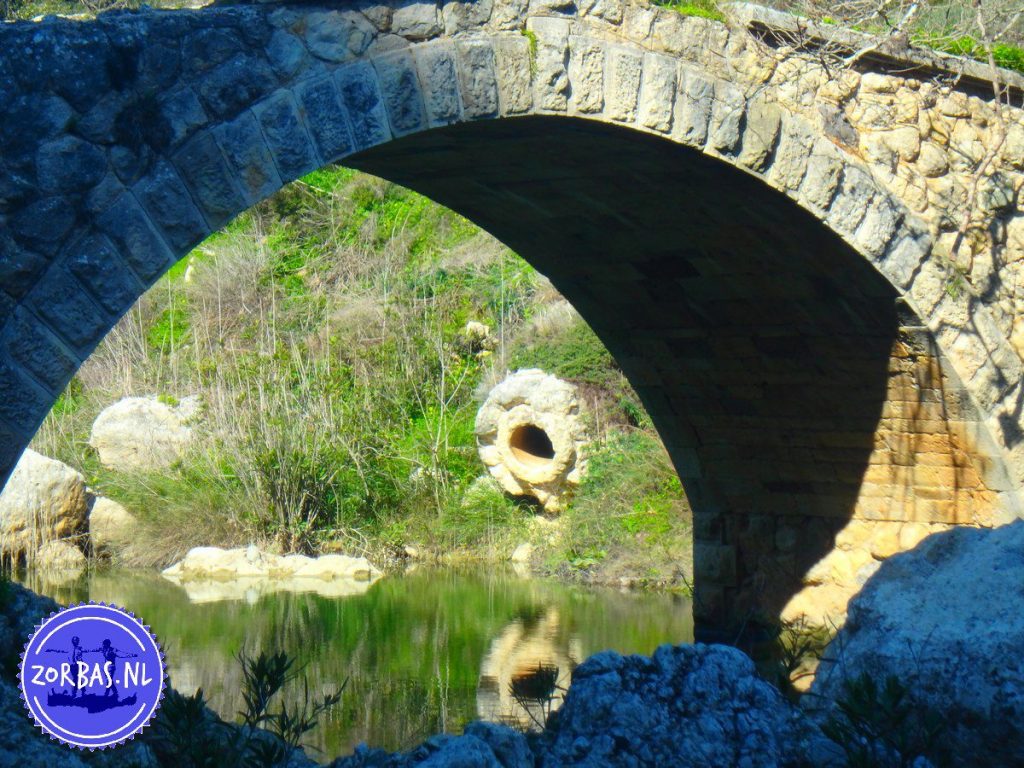
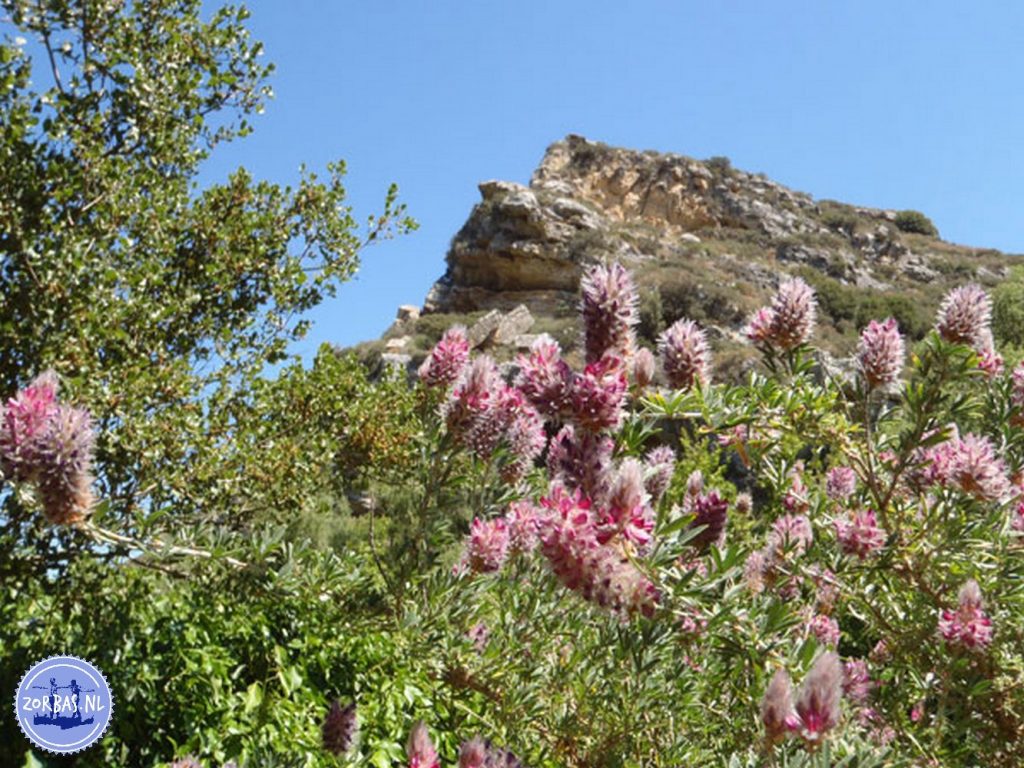
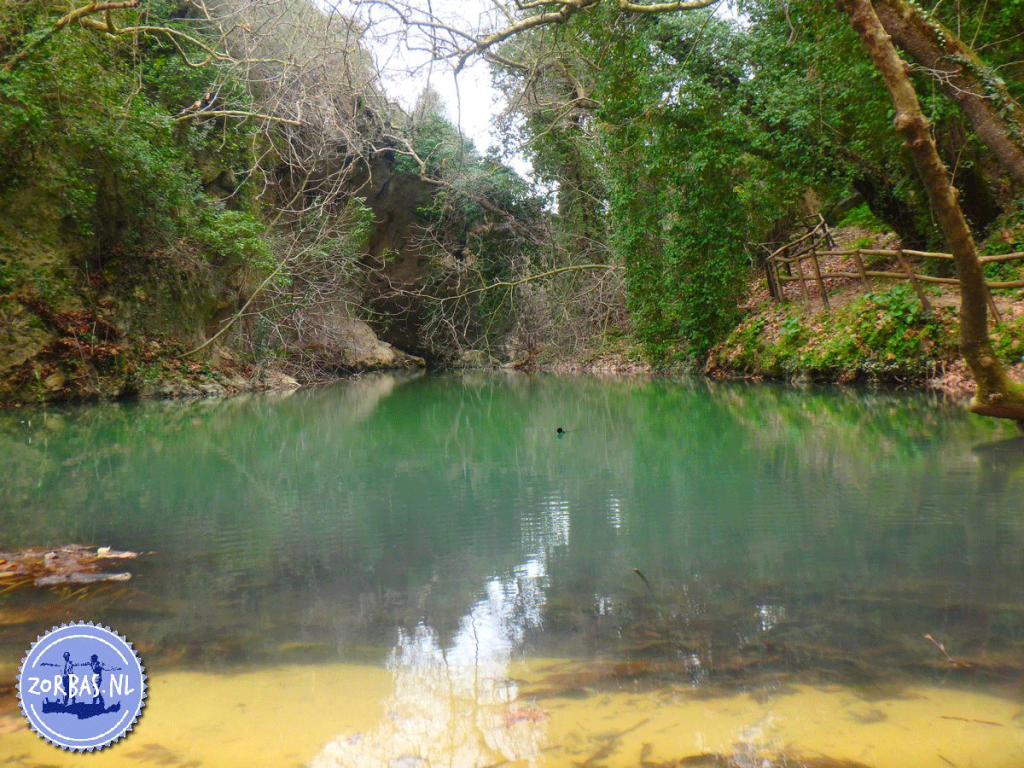
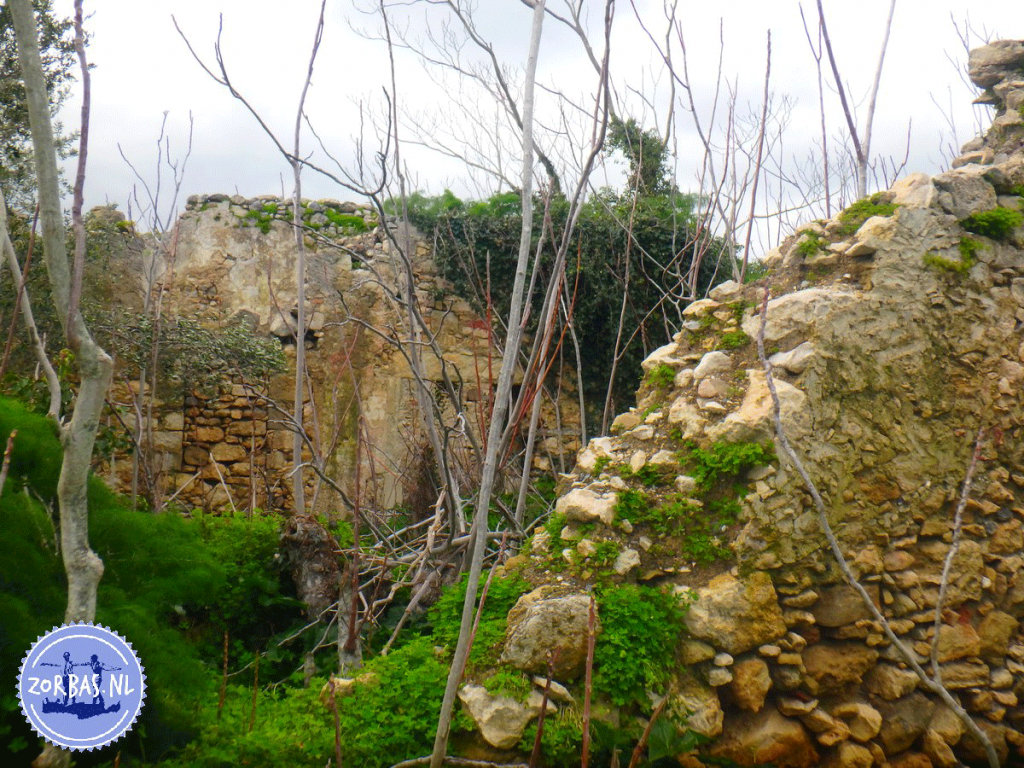
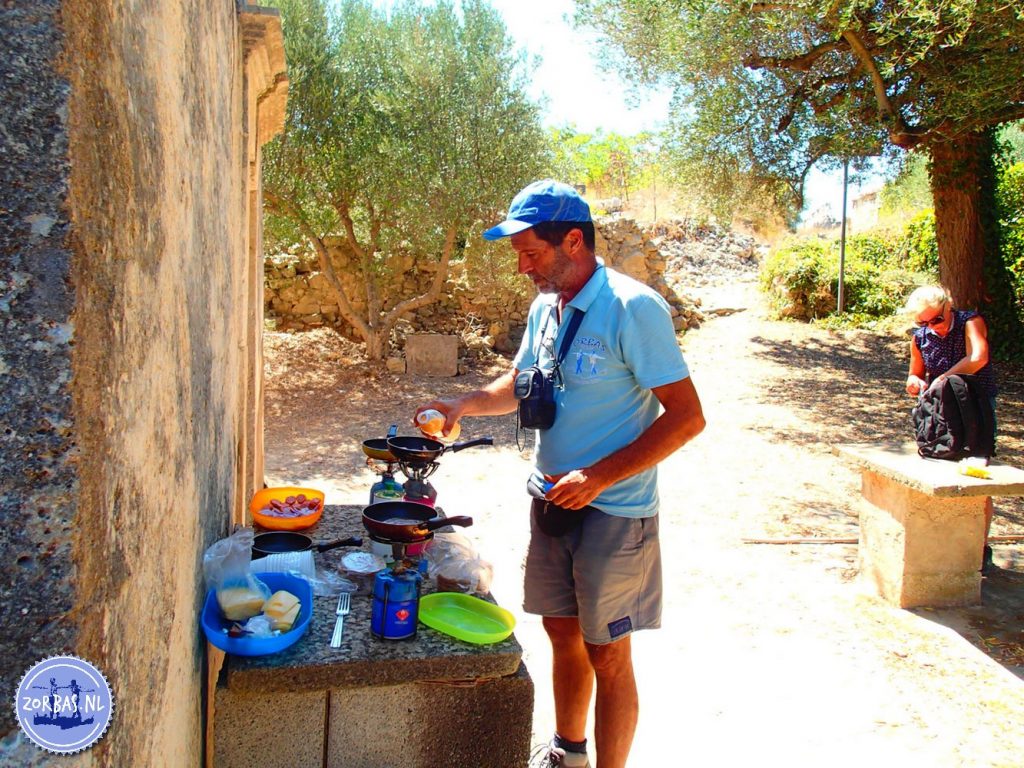
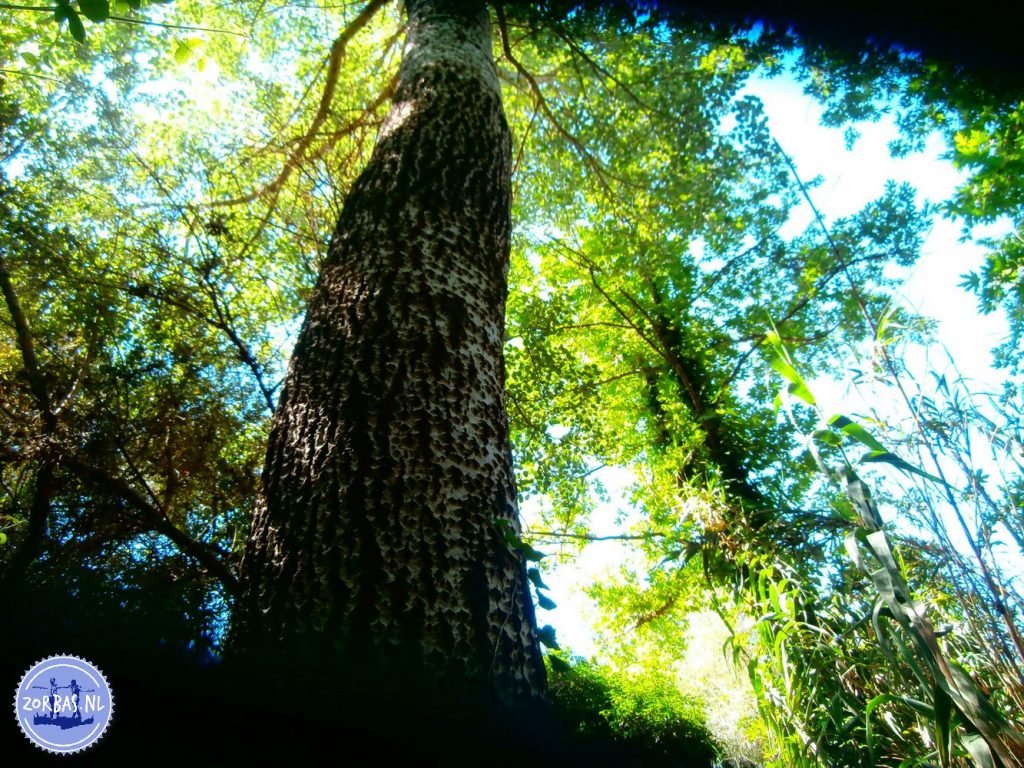
Astrakiano gorge on Crete
A long time ago, locals were fishing in the waters for eel and crab. The water in the area contributed in Venetian times to the introduction of a system of watermills along the gorge. Until the Second World War these were still in use. Unfortunately all that is left today are a few ruins. You can also see a few parts of an aqueduct that was built by the Venetians. A piece of cultural heritage, which tells a lot about the history of the area. Nowadays there are some pipes in the gorge, not as beautiful as an ancient water mill, but very much needed to provide the capital Heraklion with water.
Walk along a little river
Because of the moist soil many plants and trees grow in this area. In the summer months, the plane trees offer a lot of shadow. And when you walk here the smell of various herbs fill the area. Besides some endemic plants, mainly wild sage and thyme grow here. At some spots you really walk through a jungle of many plants. The combination of sun, shadow and plenty of water are like paradise for turtles that you might see on a stone in the water enjoying the sunshine. And with a little luck you encounter some small crabs and frogs.
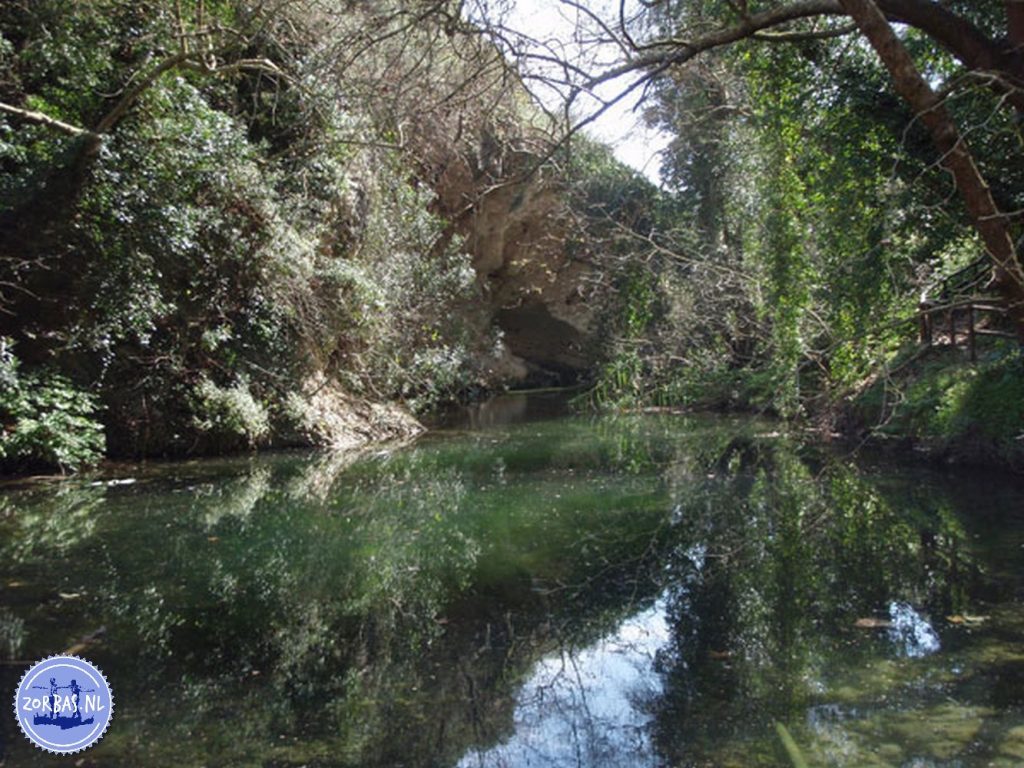
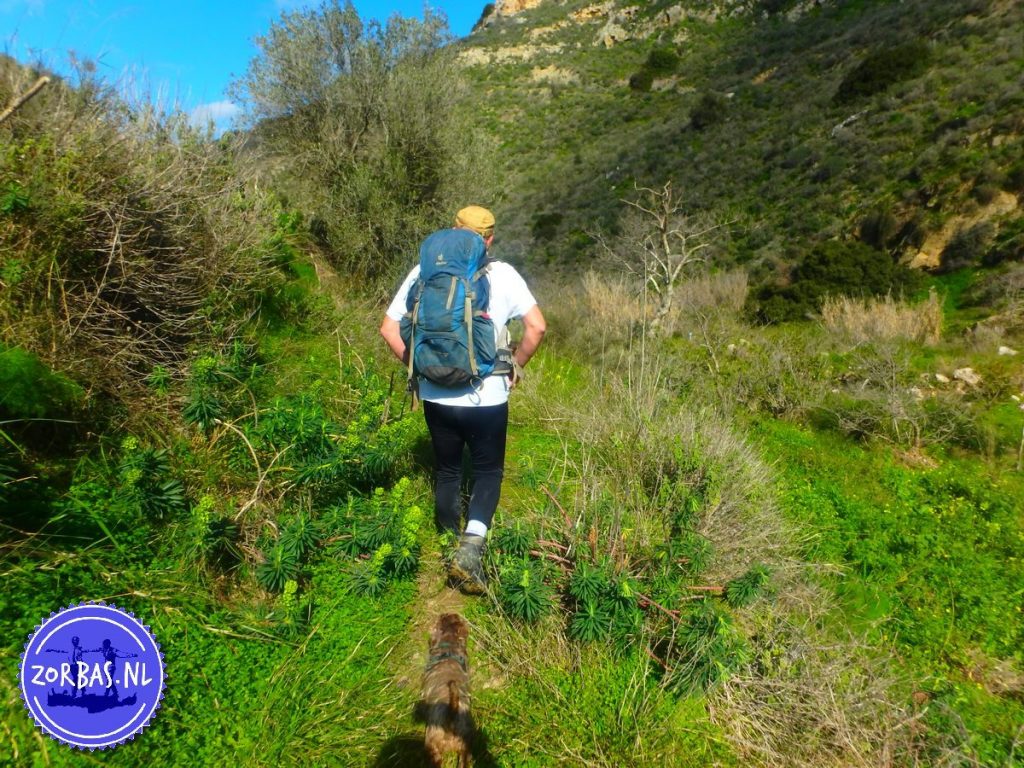
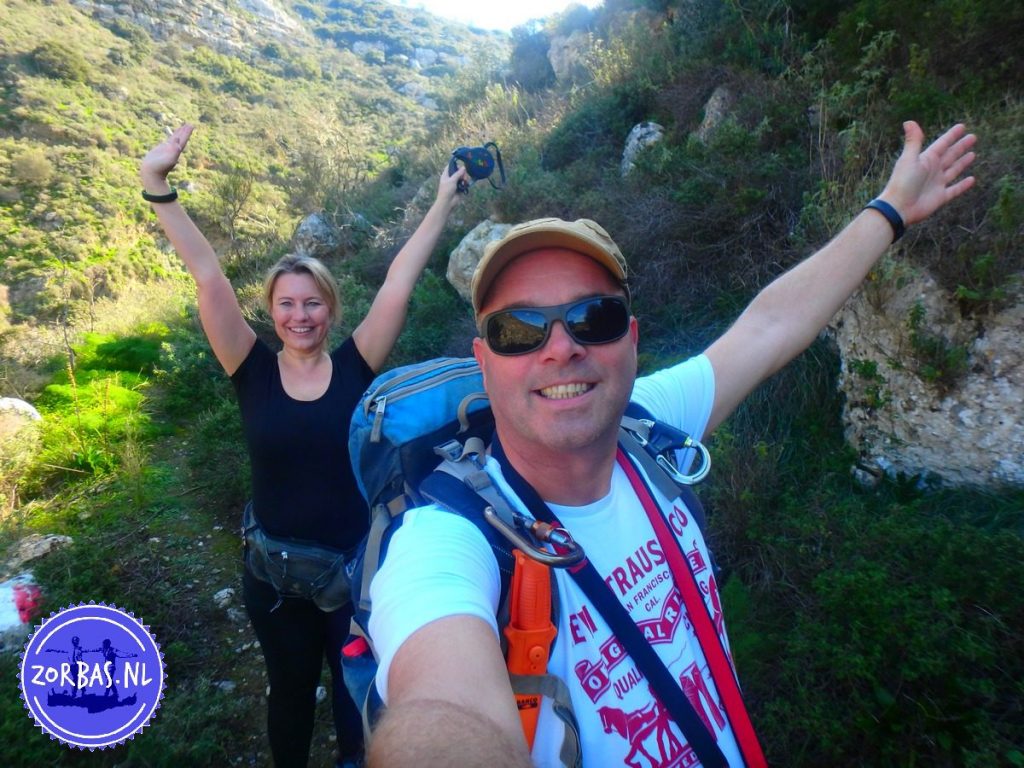
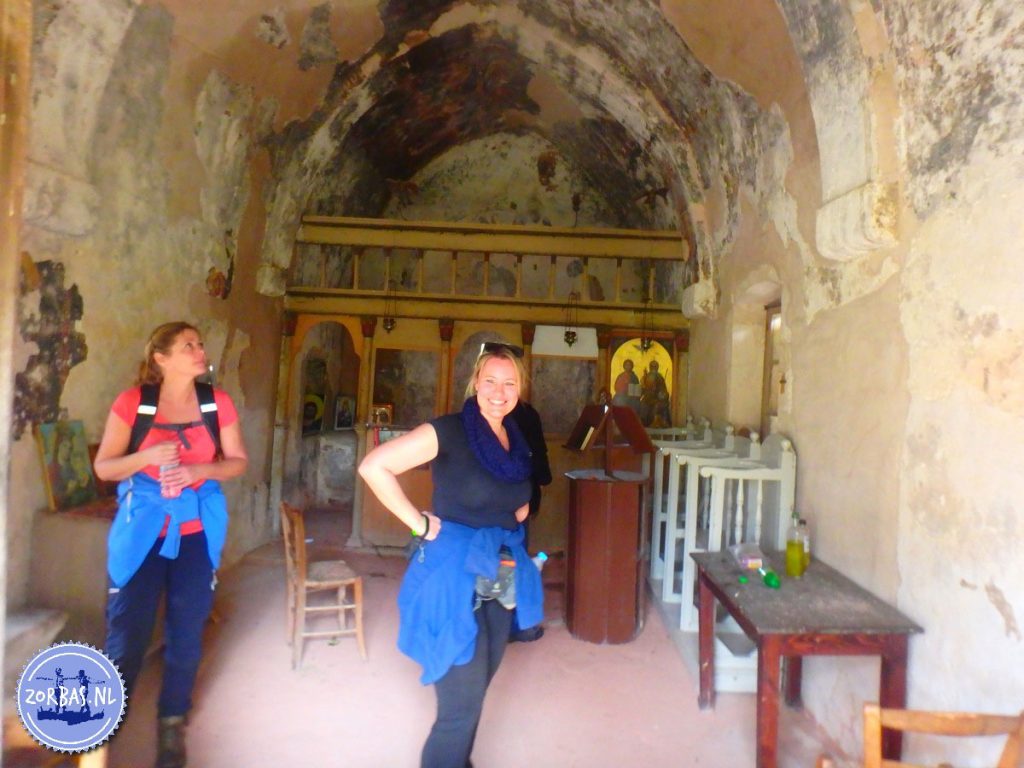
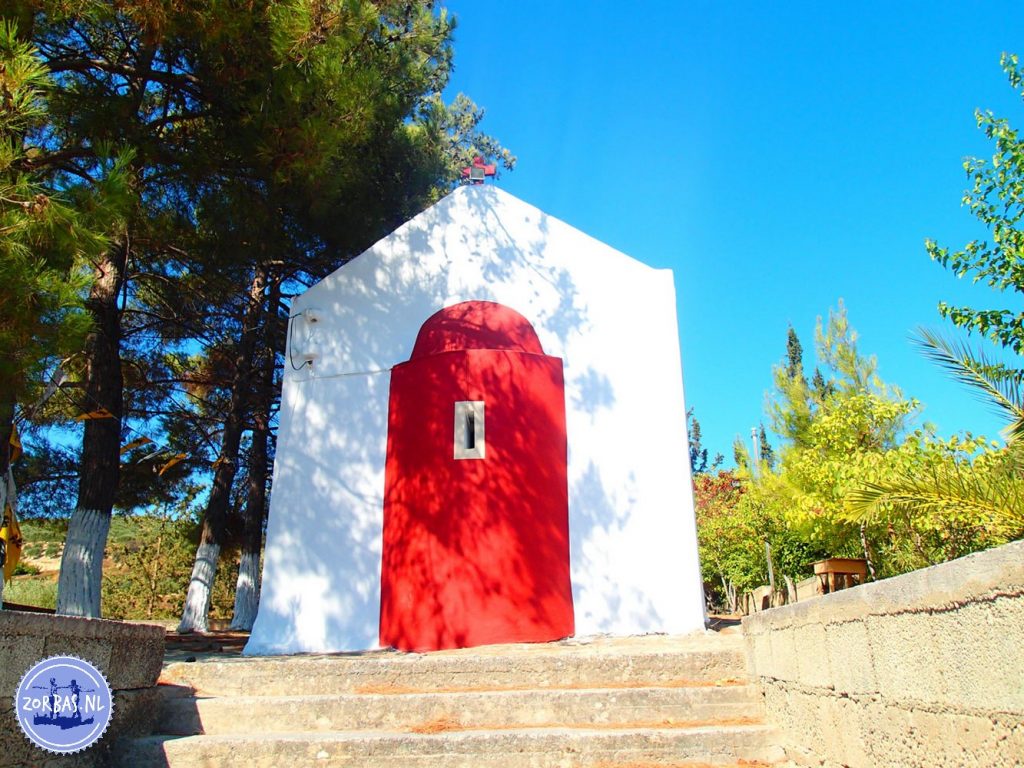
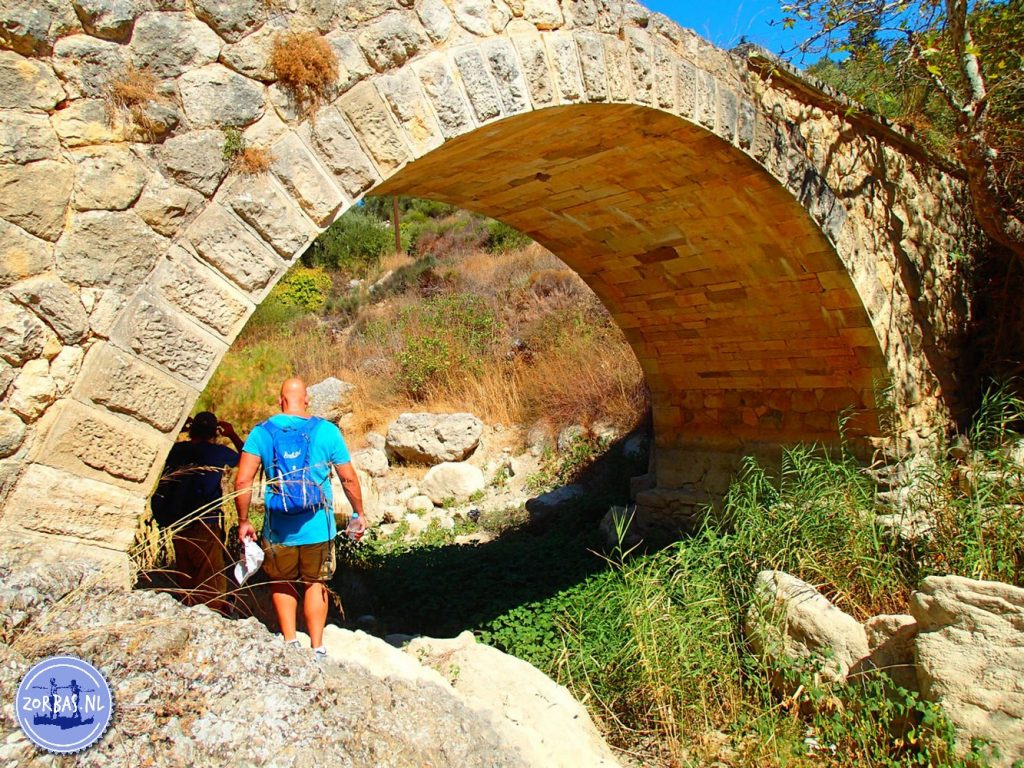
The walking roundtrip starts in the area close to Astraki on a path that leads into the gorge. The walking path goes along the riverbed and sometimes at height in the gorge. This gives you the most amazing views. The trail passes the Astrakiani Kamara, a beautiful arch bridge from the 16th century. This bridge makes the way from Astraki to Sgourokefali a lot easier. Just a few meters south of the bridge is a watermill called Paterikos. This mill has been preserved in very good condition and is one of the few double mills that exist on Crete.
Neraidospilios – the fairy cave
Somewhere along the way is the cave of Neraidospilios at a small pond, which is a lovely place to have a break and enjoy nature. There is a gate in front of the cave entrance, because it is not for visiting. In the cave is a large spring of which the water is used for the city of Heraklion. According to a legend the cave is home to the fairies. This also clarifies the name of the cave: Neraido (fairy) spilios (cave). At night, the fairies gather around the pond to sing and dance. The locals of the village Astraki say that on a beautiful summer evening they can sometimes hear the enchanting sounds. From the cave a path goes up to the village of Astraki.
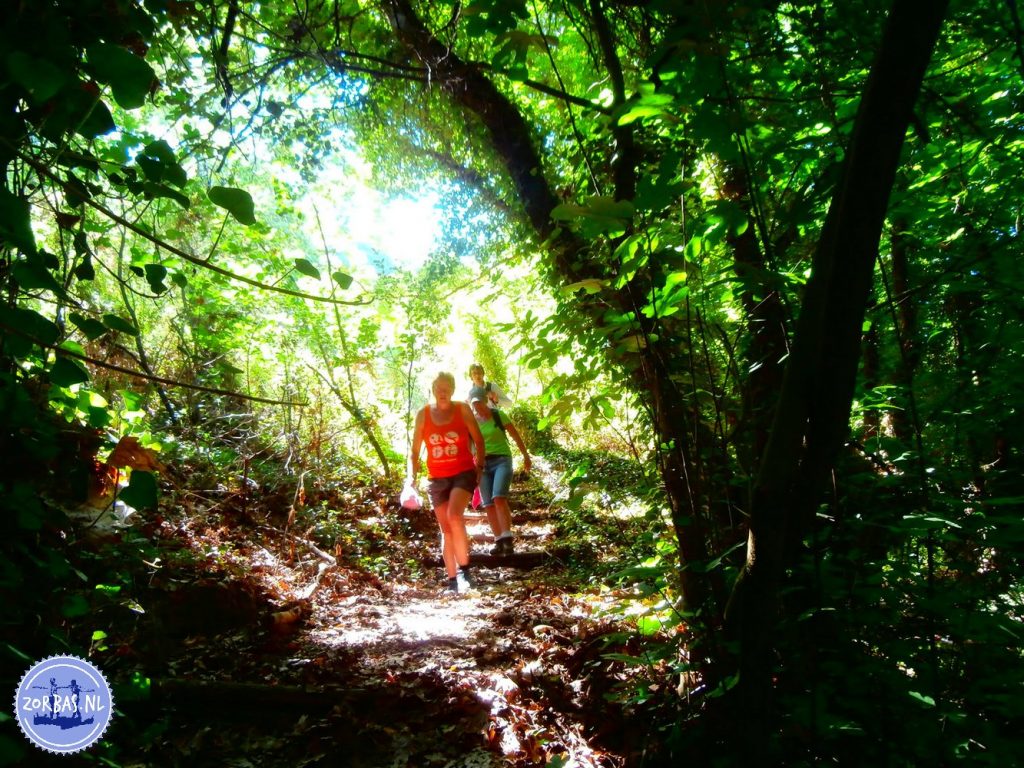
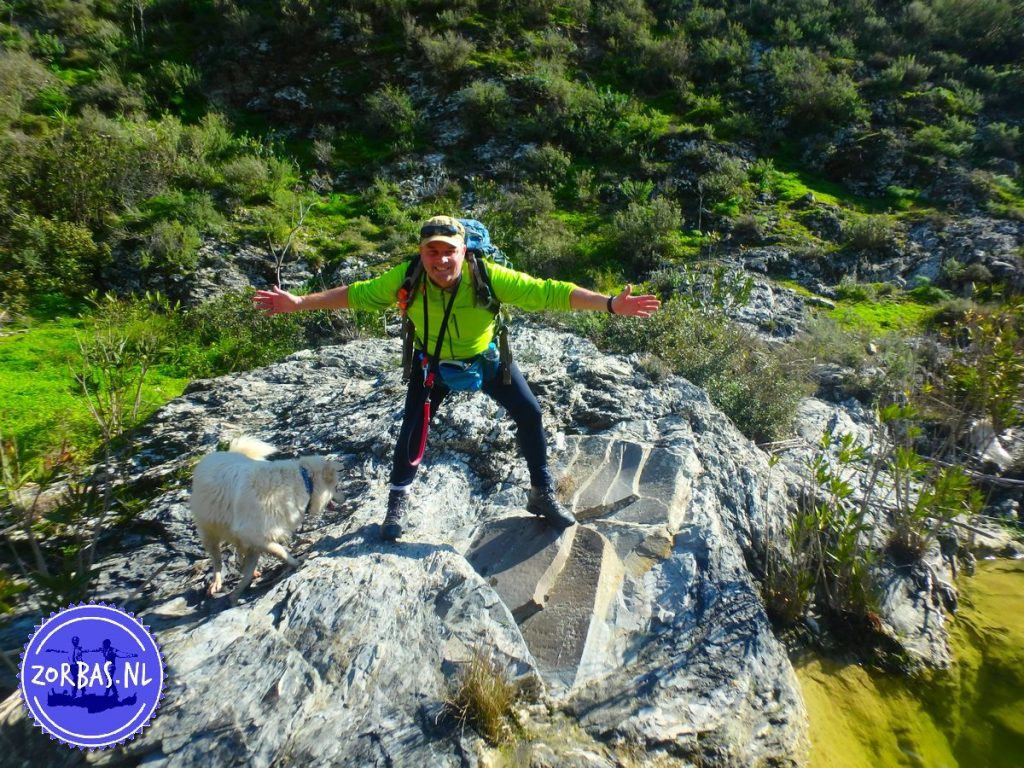
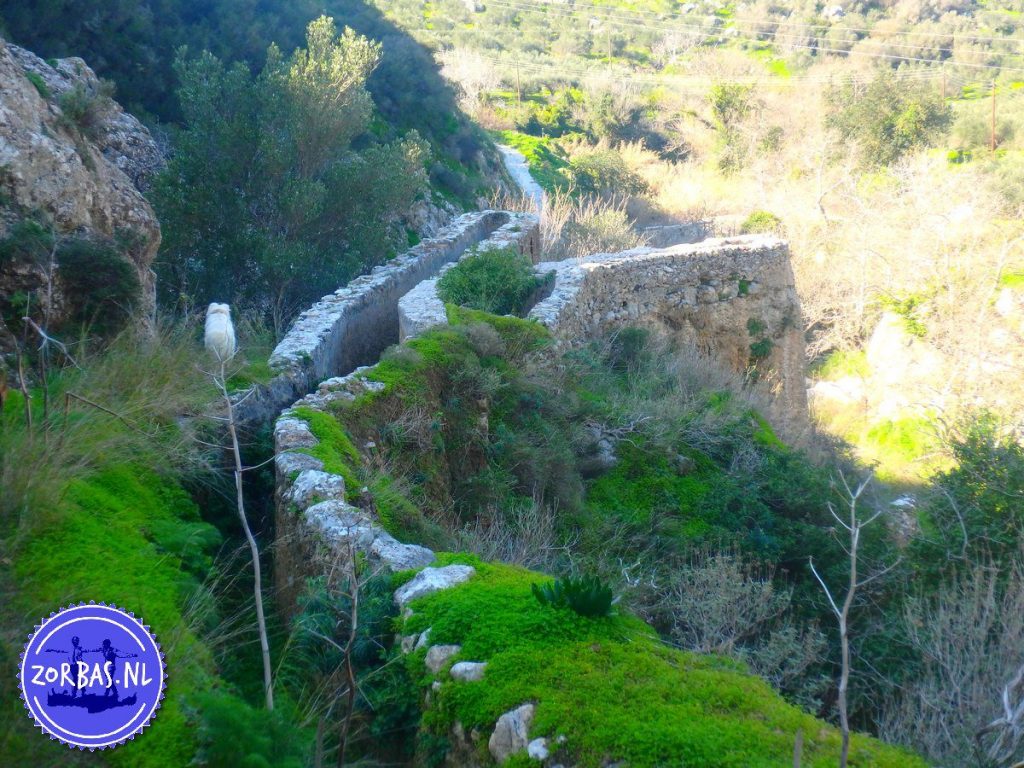
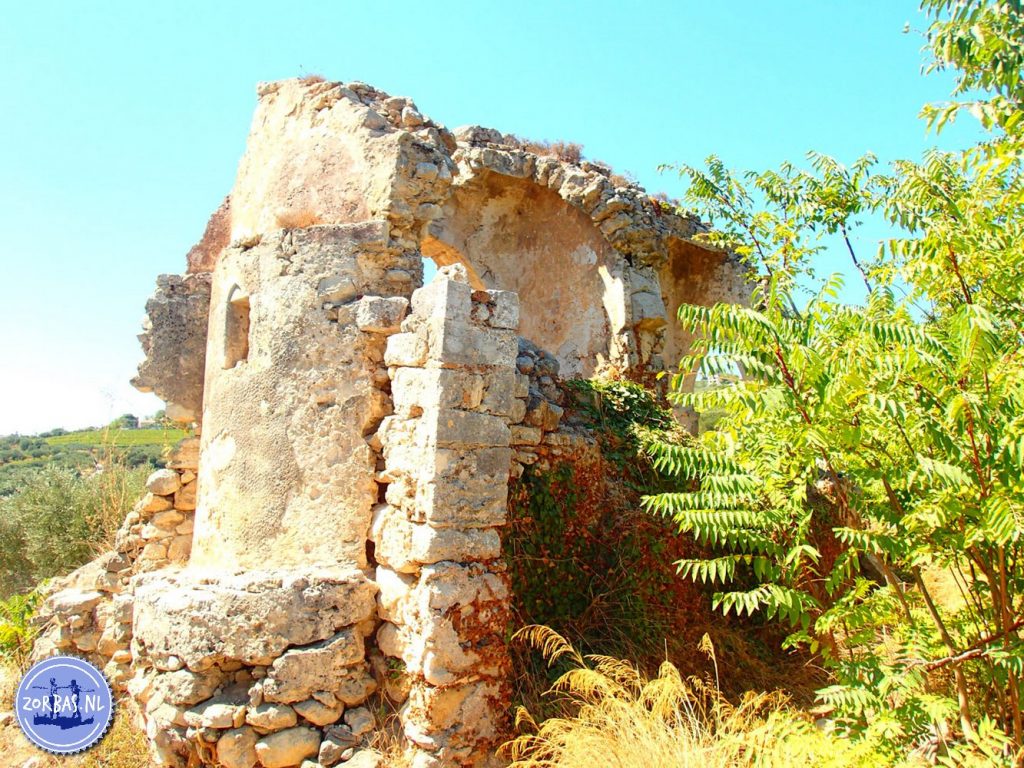
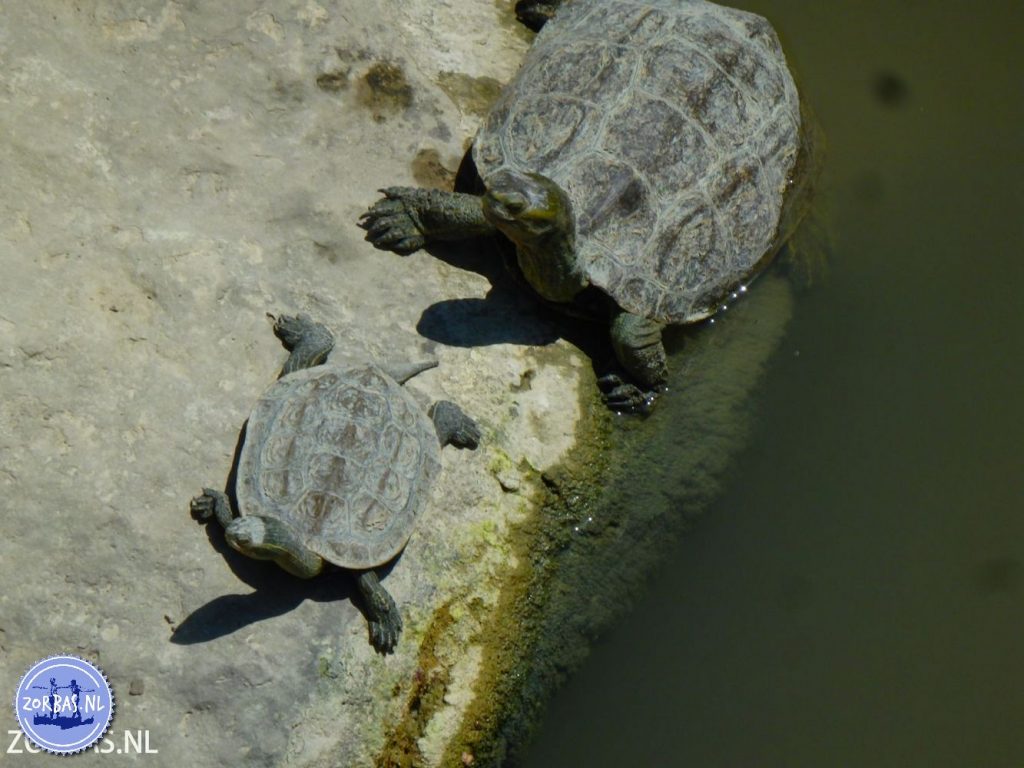
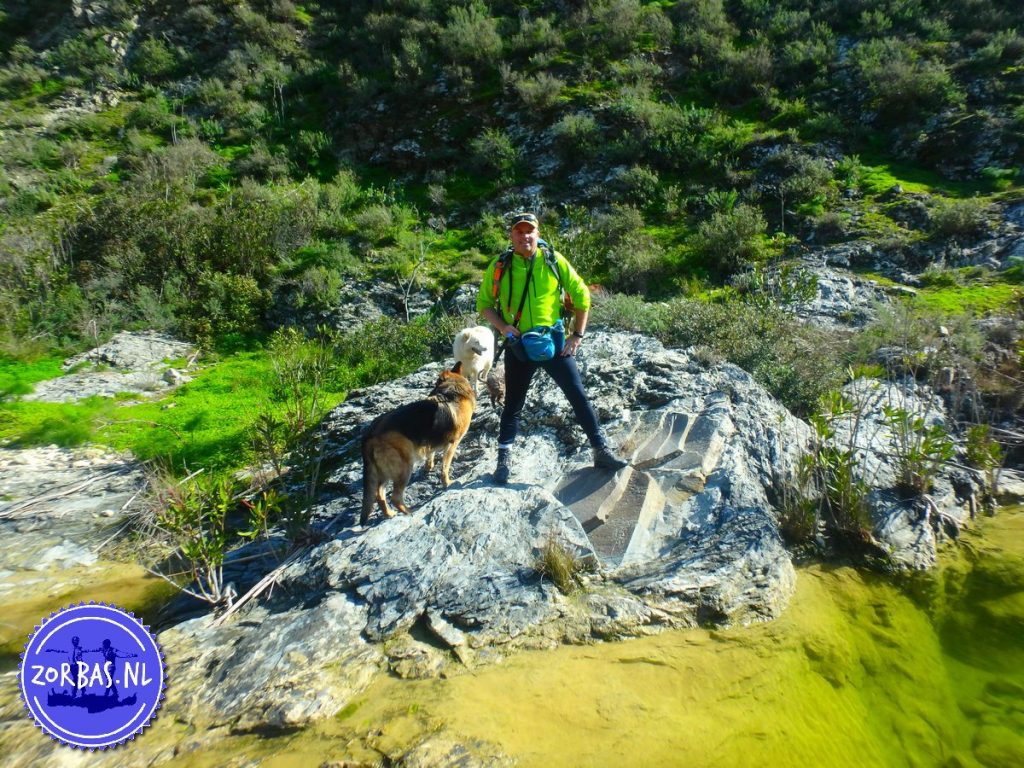
Astraki – Crete
The village of Astraki has about 225 inhabitants, who are mainly active with farming. Documents from 1278 write about Astraki as being Astracu and more specific in 1583 as Astracus Catto with 230 inhabitants. The village is named after the numerous potsherds that were found here, called ostracon. Because papyrus was too expensive for everyday use, the ostraca were used for short everyday writing activities.
In the early years, the village was divided into two parts: Epano Astraki (upper) and Kato Astraki (below). The last one is not inhabited anymore and most of the buildings are ruins now. The Turks have built this settlement, but it has been abandoned since the beginning of 1900 after the Turkish occupying forces were defeated. After that nobody ever lived in the houses again. During our walk we go and visit the ruins, so you can get a better picture of how people used to live in this area.
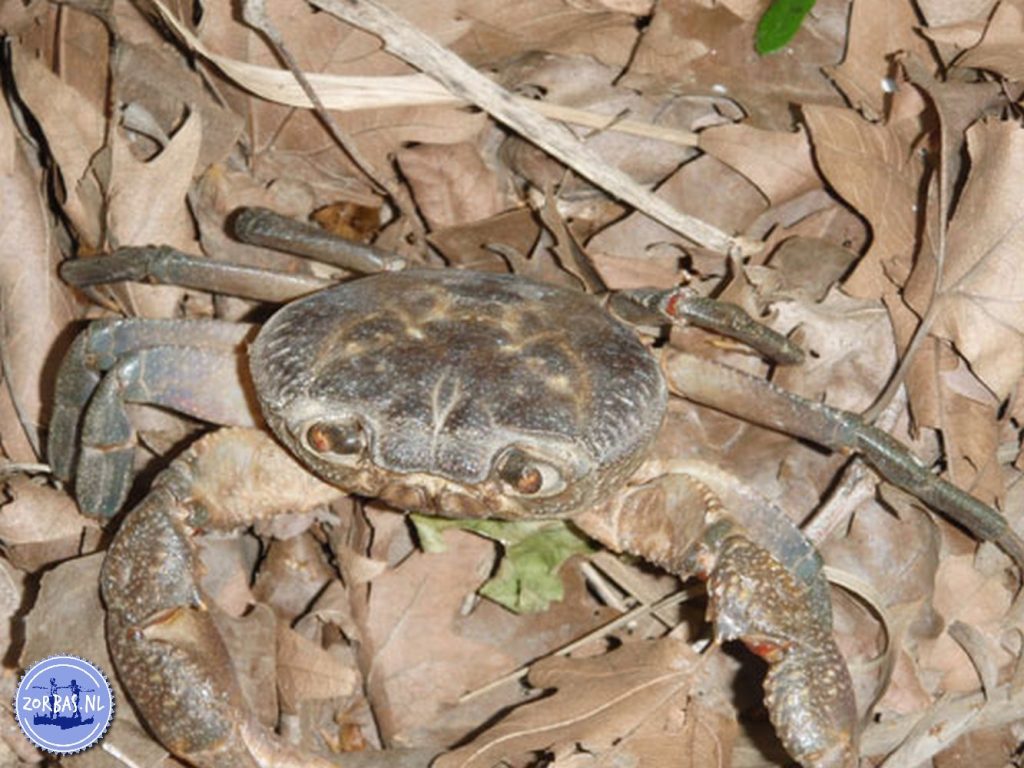
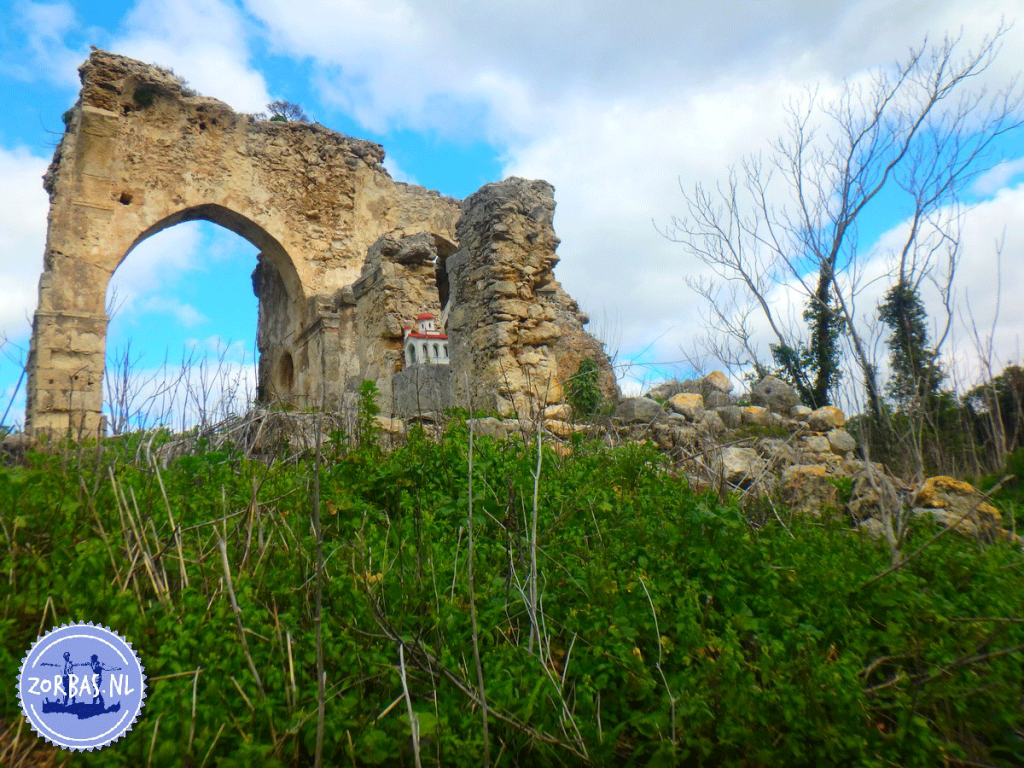
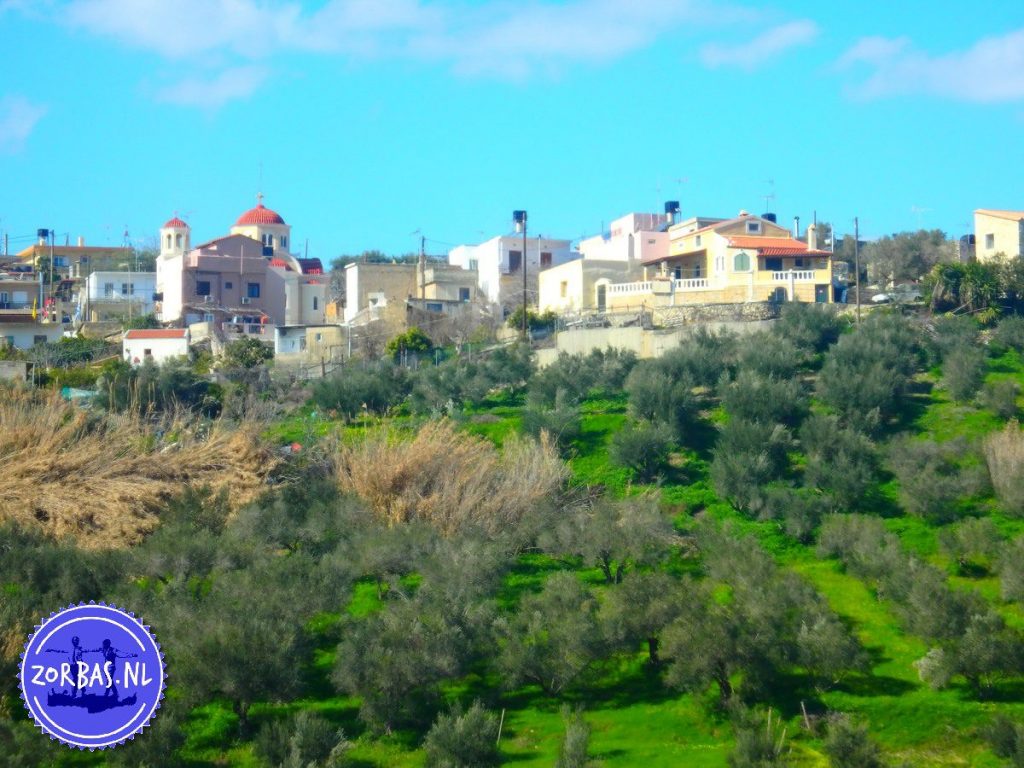
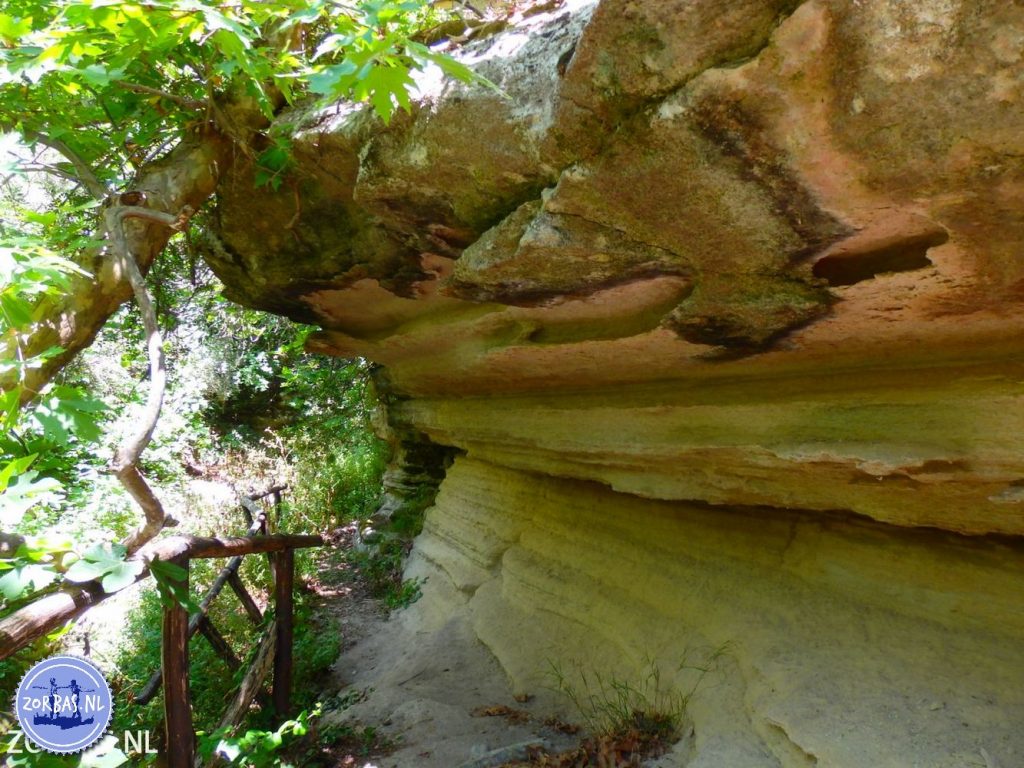
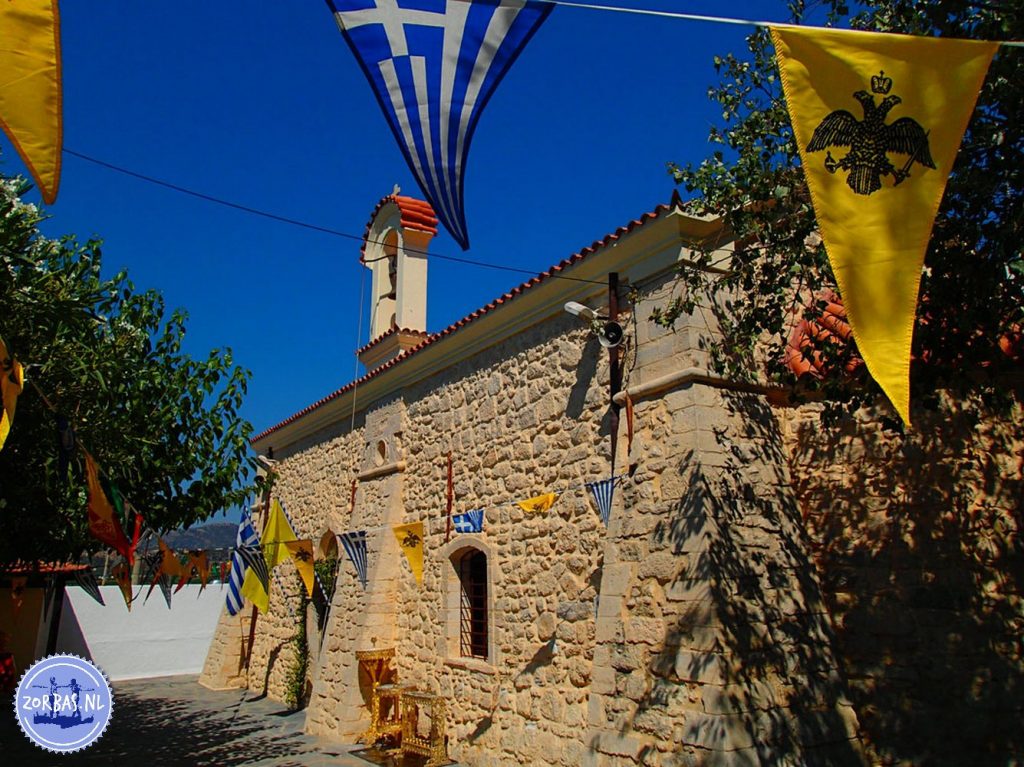
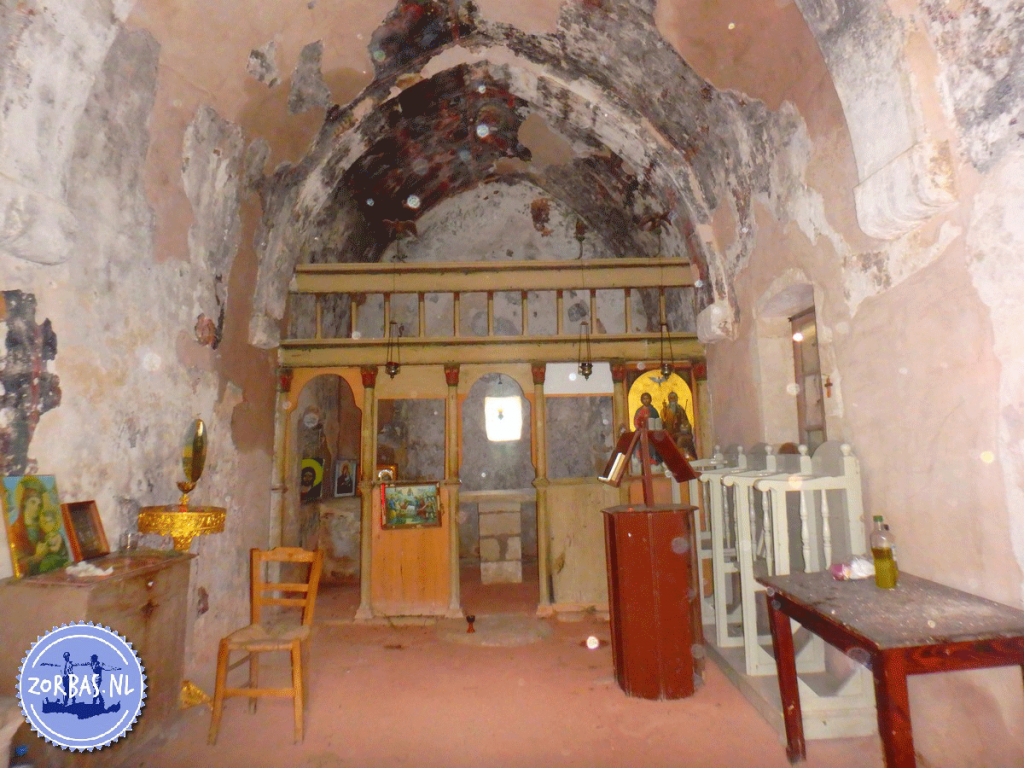
Kato Astraki
At the highest point of Kato Astraki are the ruins of the Byzantine church of Agios Georgios Vourvoulitis from the 12th century. Next to the church is a spring with holy water from Agios Georgios (Saint George), which is now used by farmers for irrigation of surrounding land. It is said that this church was lavishly decorated with a golden bell and there were golden chalices. All the golden pieces were buried in the area just before the Turkish occupying forces took over the area.
The church of Panagia (Our Lady) in the lower part of Kato Astraki is a single-aisled 16th century church that bears traces of frescoes. This church is still intact and you can even go inside. On the west side there is a coat of arms with four roses, a double-headed eagle and the date 1555. Inside the church is a sarcophagus with a coat of arms on it.
Information about the walk
Level: easy, but the trail is at some parts overgrown by plants.
Distance: 7,5 – 10 kilometres and 15 kilometres.
Altitude: 220 meters.
Requirements: good sports shoes or walking shoes and a backpack with water.
Accessible: all year round.
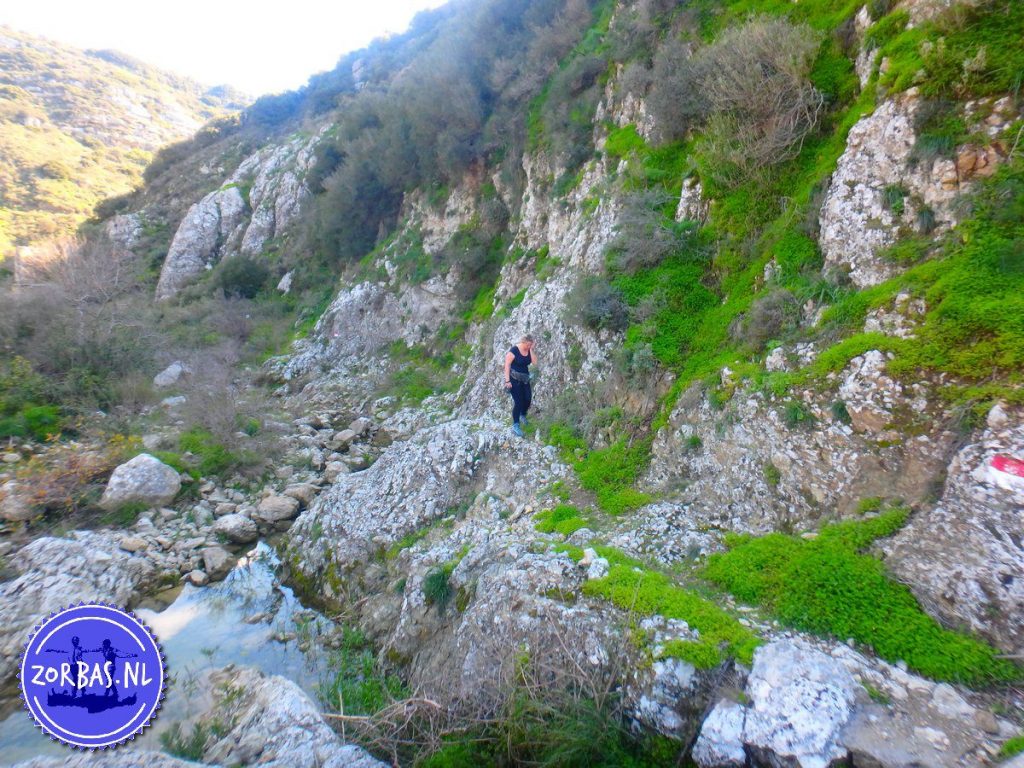
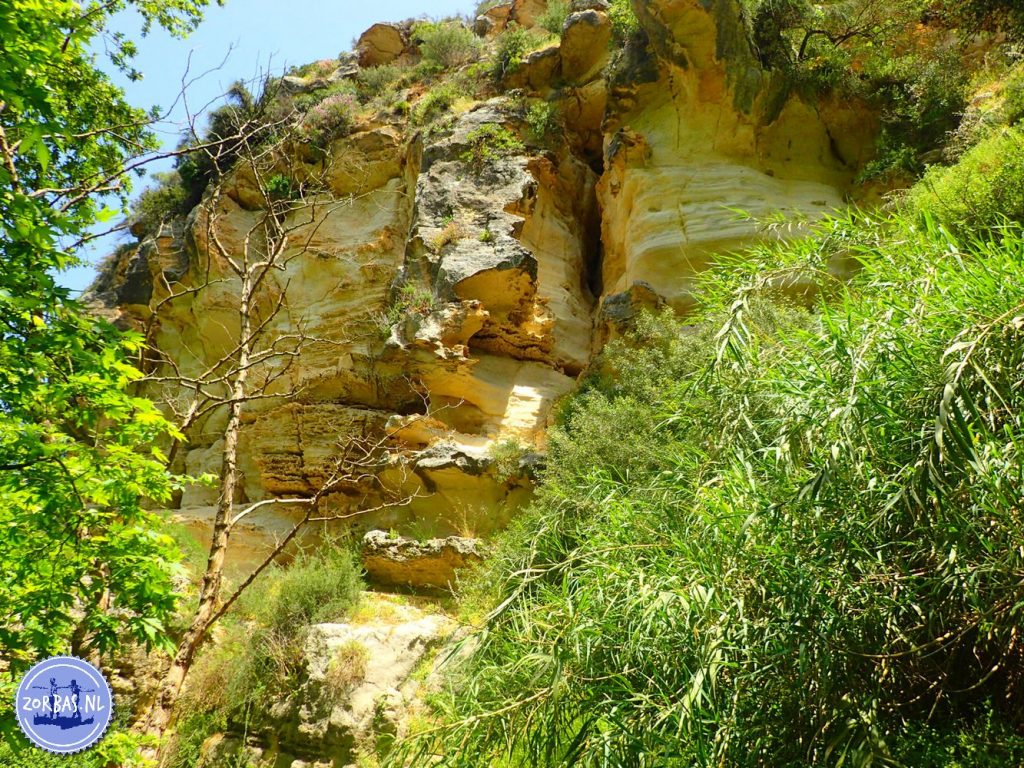
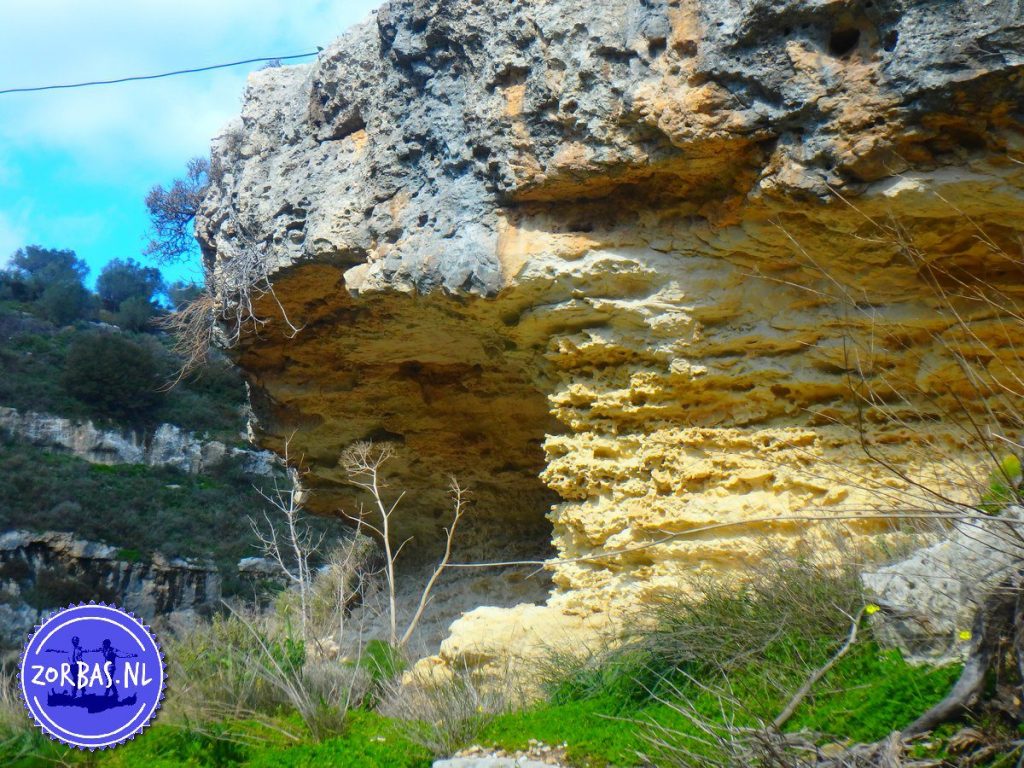
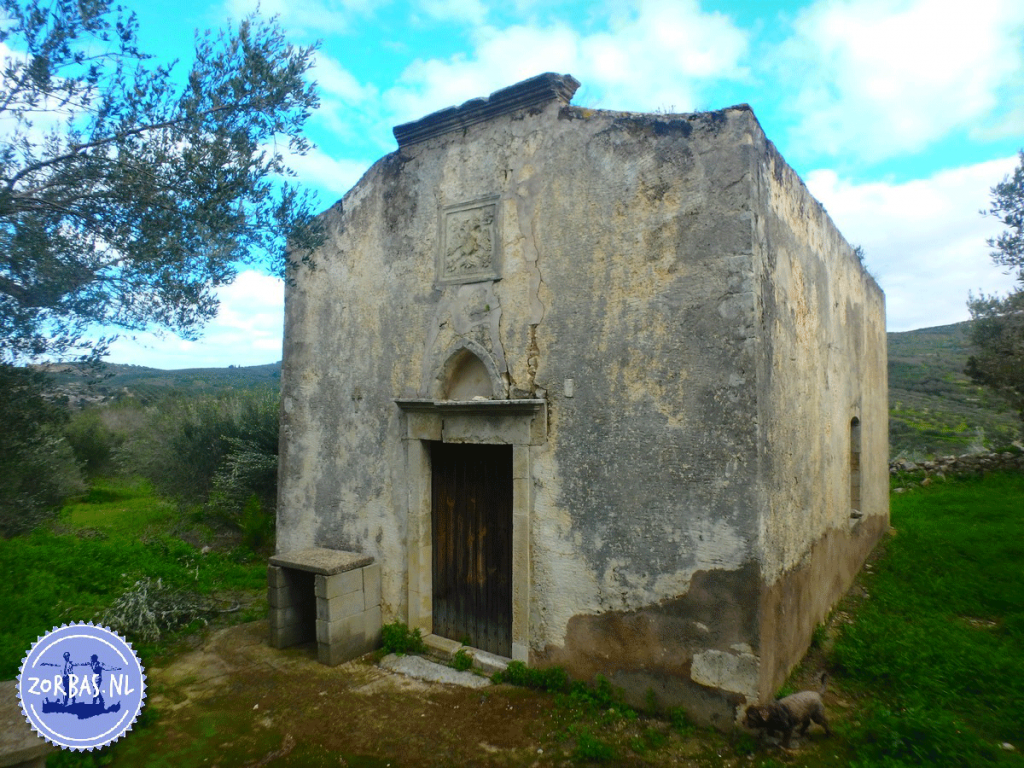
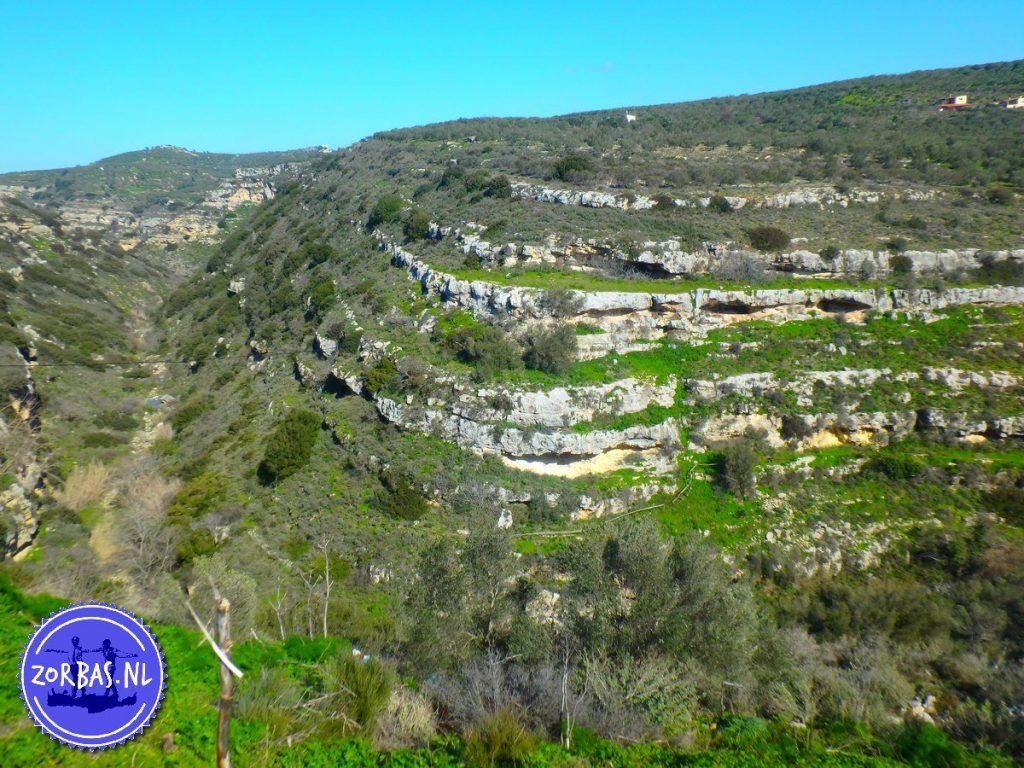
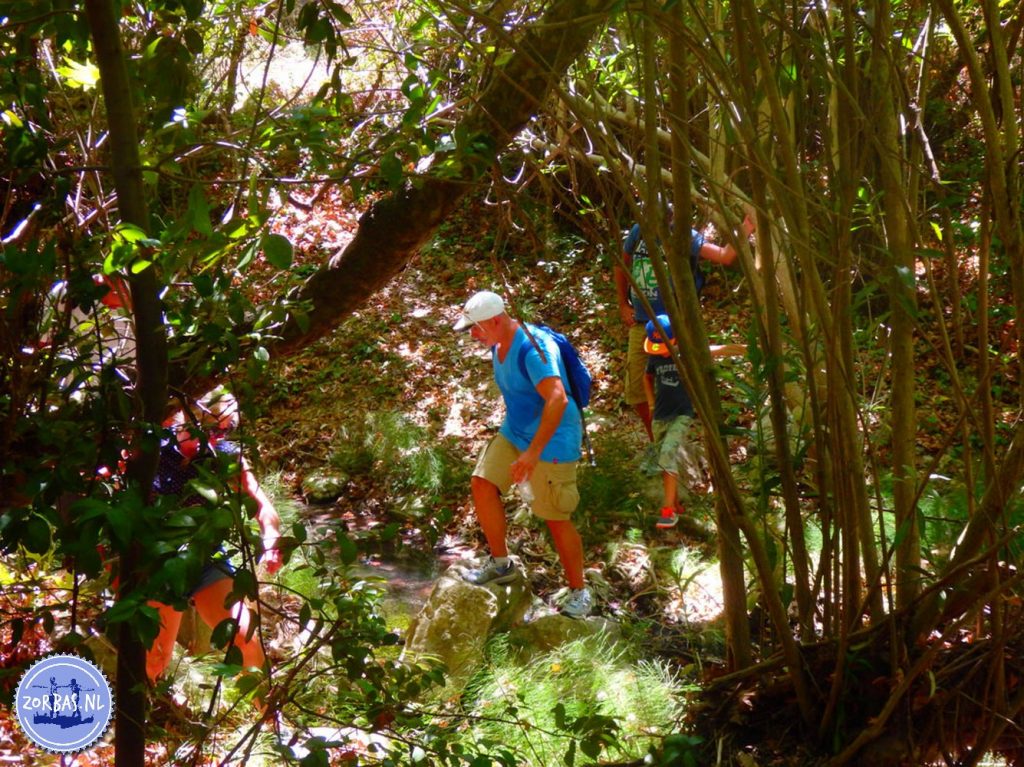
More information
Hiking in Crete, Greece: Information about walking on Crete: Our accommodation is located directly at the seafront and is an ideal starting point for hiking across Crete, both summer and winter. We offer possibilities for individual hikes or group hikes. You might know the Samaria gorge, but to explore more from the beautiful and diverse nature of Crete, you should really join us on a hike. There is a great variety of walks on Crete: walking tours through Greek villages, impressive mountain and gorge hikes on Crete or walking through the olive groves and fields on Crete. Our walking tours are suitable for everybody: from group hiking tours on Crete to individual walks or aged 50+ walks on Crete. You can book all our walks and hikes in combination with accommodation on Crete.
In case you like more information, please send an email to zorbasisland@gmail.com
